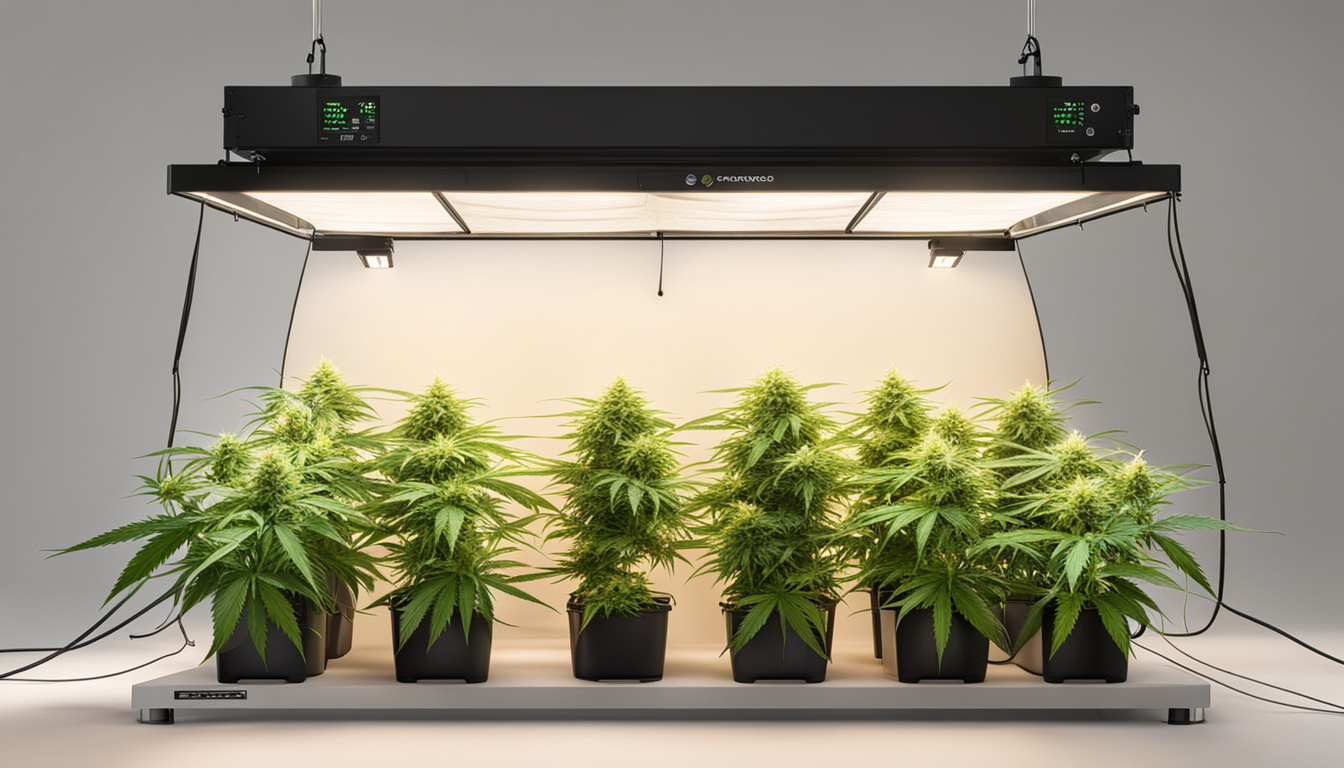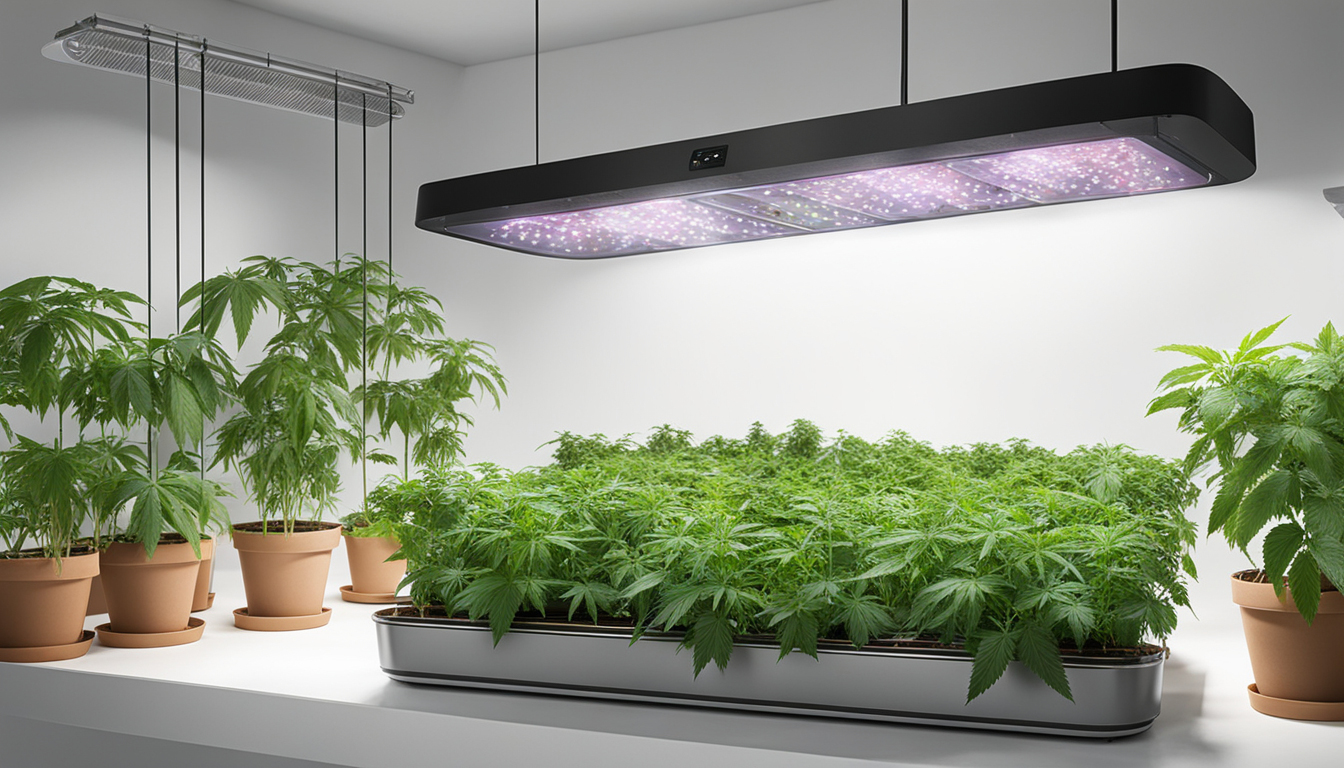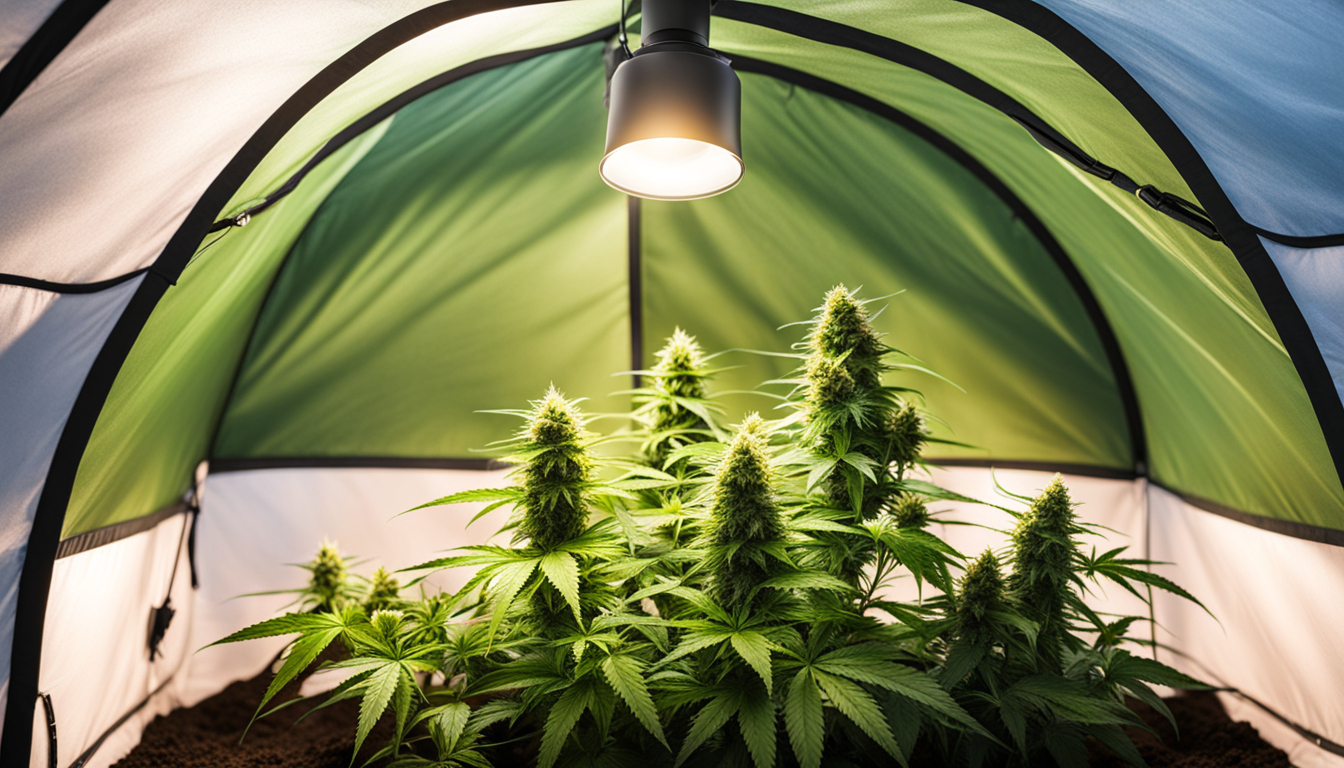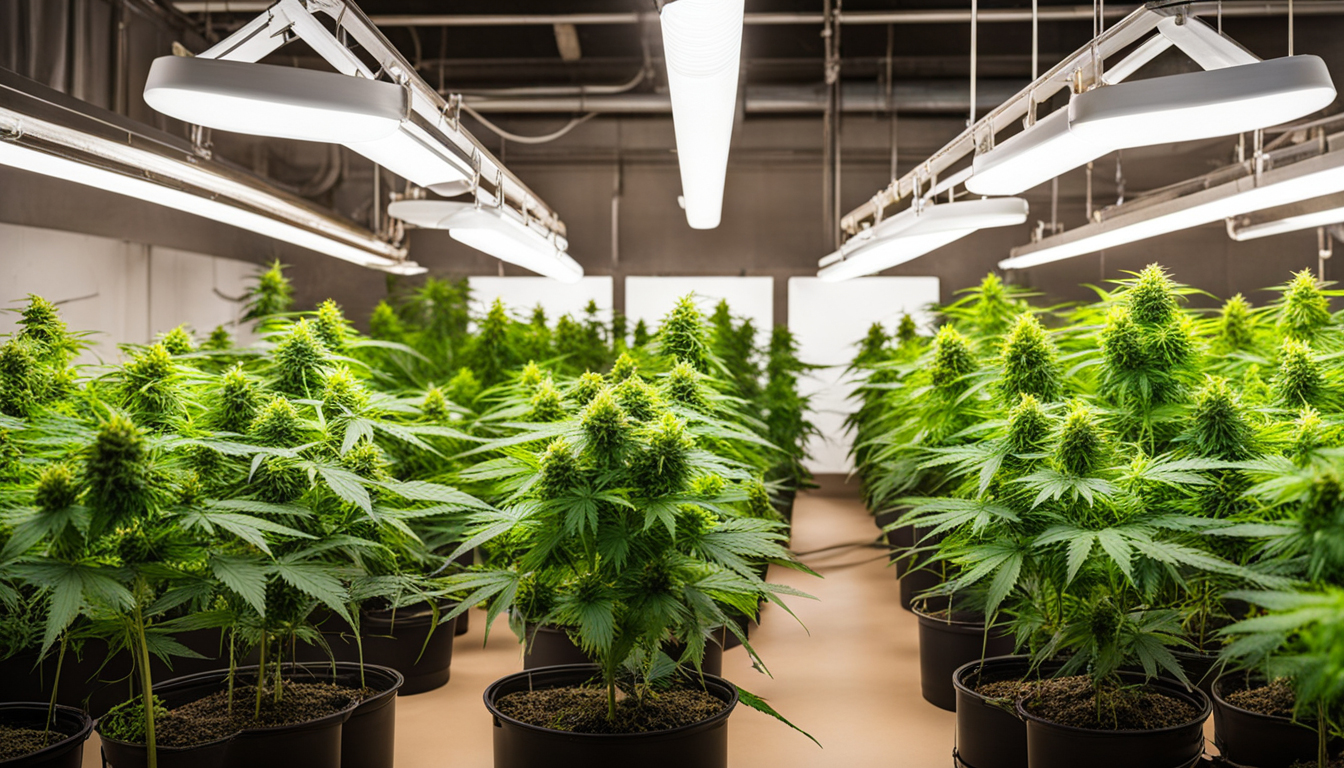
Whether you're just starting out with pot cultivation or looking to improve your existing crop, following this complete guide will help you produce big, high-quality yields right at home. With the right supplies, techniques, and care, growing marijuana indoors can be an extremely productive and cost-effective endeavor.
Choosing Pot Strains
The first step in planning your indoor grow is picking the right weed varieties to grow. The three main types of pot plants each have their own qualities.
Sativas
Known for their energizing cerebral effects, sativas grow tall and slender with narrow leaves. They thrive in hotter tropical climates and have a longer blooming time between 2.5-3 months indoors. Top energizing varieties include Sour Diesel, Durban Poison, and Jack Herer.
Indicas
These strains provide calming body-focused effects and spread short and bushy with wide leaves. Accustomed to colder mountain climates, they bloom faster within 2-2.25 months. Popular relaxing varieties include Northern Lights, Bubba Kush, and Bubba Kush.
Mixed strains
Mixed varieties mix traits from both sativas and indicas. They offer combined effects and have moderate blooming times around 2.25-2.5 months. Popular mixes are Blue Dream, OG Kush, and Blue Dream.

Setting Up Your Cultivation Space
Marijuana plants need the right controlled environment to thrive. Key factors for indoor grows are lights, airflow, layout, and finding the ideal discreet spot.
Location
Choose an empty space with easy access to irrigation and power outlets. An empty extra bedroom, unused closet, basement corner, or grow tent tucked away in a garage all make great stealthy cultivation room spots.
Lights
Weed requires intense light for all vegetative stages. LEDs are energy-efficient and come in broad spectrum options replicating natural sunlight. Provide 15-25 watts per square foot for the growth stage and 20-40 watts per square foot for bloom.
Ventilation
Proper airflow and exhaust systems maintain ideal temp, humidity, and fresh CO2 levels. Set up silent 4-6 inch blowers or scrubbers to refresh old air and eliminate odors.
Layout
Optimize your space by arranging plants strategically under the lamps and leaving room to reach and work around them. Set up separate zones for vegetation, bloom, curing, and cloning.

Cultivation Substrates
Weed can be cultivated in different substrates, each with pros and cons. Pick a proper option for your particular setup and growing style.
Soil
The traditional medium, soil is inexpensive and easy for new growers. It provides excellent flavor but needs more watering and fertilizing to feed plants. Enrich soil with vermiculite or coco to enhance drainage.
Coco Coir
Made from coir, reusable coco coir holds water but still allows air to the roots. It's more sterile and more consistent than soil. Use coco-specific fertilizers to prevent calcium buildup.
Water systems
In water systems, plant roots grow right in fertilizer water solution. This allows rapid development but needs careful monitoring of solution properties. Deep water culture and drip systems are popular techniques.
Germinating Seeds
Sprouting prepares your weed seeds to start growing taproots. This prepares them for transplanting into their cultivation medium.
Paper Towel Method
Place seeds between wet paper towels and keep them damp. Check after 2-7 days for growing radicles indicating germination is complete.
Planting directly
Insert seeds directly into pre-moistened cultivation Watch Now medium 1⁄4 inch deep. Gently water and wait 1-2 weeks until seedlings break through the surface.
Rockwool Cubes
Presoak cubic rockwool starters in balanced water. Place seeds 6mm deep into the cubes. Keep cubes moist until sprouts emerge within 1-14 days.
Transplanting Young plants
Once sprouted, cannabis young plants need to be repotted to prevent overcrowding. Move them into appropriately sized pots.
Preparing Containers
Fill large containers with growing medium amended with time-released fertilizer. Allow containers to absorb water for 8-12 hours before repotting.
Carefully Transplanting
Gently loosen young roots from sprouting medium using a spoon. Place into prepared pot at equal depth as before and lightly water in.
Vegetative Stage
The growth stage encourages foliage and plant structure through 18-24 hours of daily light intensity. This stage usually lasts 1-2 months.
Using 3/4 to full day of Light
Use grow lights on a 24 hour schedule or outdoor light to initiate constant photosynthesis. Light intensity influences height and node distance.
Nutrients
Use vegetative stage nutrients higher in nitrogen. Make sure pH remains around 5.8-6.3 for proper nutrient uptake. Fertilize 25-50% strength after 2 weeks and strengthen slowly.
Training Techniques
Fimming, LST, and scrogging manipulate shoot shapes for flat foliage. This increases yields.

Bloom Stage
The blooming stage grows buds as plants reveal their sex under a 12/12 light schedule. It lasts 8-12 weeks depending on strain.
Changing Light Schedule
Switch grow lights to 12 hours on, 12 hours off or move outdoors for natural 12/12 timing. This triggers plants to begin flowering.
Stop Fertilizing
Leaching flushes out fertilizer residuals to enhance taste. Fertilize weakly the first weeks then just use pH'd water the last 2 weeks.
Flushing
Maintain 12/12 light timing but flush using pH-balanced water only. Resume plain watering if buds aren't ripe after two weeks.
Reaping
Recognizing when pot is completely mature delivers peak cannabinoid content and aroma. Harvest plants Click Here at peak maturity.
Signs of readiness
Check swollen calyxes, faded pistils, and 10-15% amber trichomes. Inspect buds around the plant as they don't all ripen evenly.
Harvesting plants
Use sterilized, razor-sharp pruning shears to carefully cut each plant at the base. Keep 5-10cm of stem attached.
Curing
Suspend whole plants or branches inverted in a lightless room with average temp and RH around 50-60% for 1-2 weeks.
Aging
Curing continues desiccating while improving the buds like aged spirits. This process mellows bitterness and further develops terpene and terpene profiles.
Jars and Humidity
Manicure dried buds from stems and store into glass jars, filling about 75% capacity. Use a hygrometer to monitor container Contact Us Today humidity.
Burping Daily
Unseal containers for a few hours each day to gradually lower moisture. Rehydrate buds if humidity drops below 55%.
Long term storage
After 14-21 days when humidity stabilizes around 55-60%, perform a last manicure and keep long-term in sealed jars.
Common Problems and Solutions
Even seasoned growers run into various cannabis plant problems. Detect problems early and address them correctly to maintain a healthy garden.
Nutrient Deficiencies
Yellowing leaves often signify insufficient nitrogen. Purpling stems and leaves signal low phosphorus. Check pH and boost fertilizers gradually.
Pests
Spider mites, fungus gnats, mites, and root aphids are common pot pests. Use organic sprays, ladybugs, and sticky traps for natural control.
Powdery mildew
High moisture encourages botrytis and root rot. Improve circulation and circulation while lowering RH below 50% during bloom.

Summary
With this complete indoor cannabis cultivation guide, you now have the knowledge to grow bountiful potent buds for private harvests. Apply these steps and methods during the seed starting, growth, and flowering stages. Invest in good equipment and carefully monitor your plants. In time, you'll be compensated with frosty aromatic buds you raised yourself under the patient guidance of your green thumbs. Happy growing